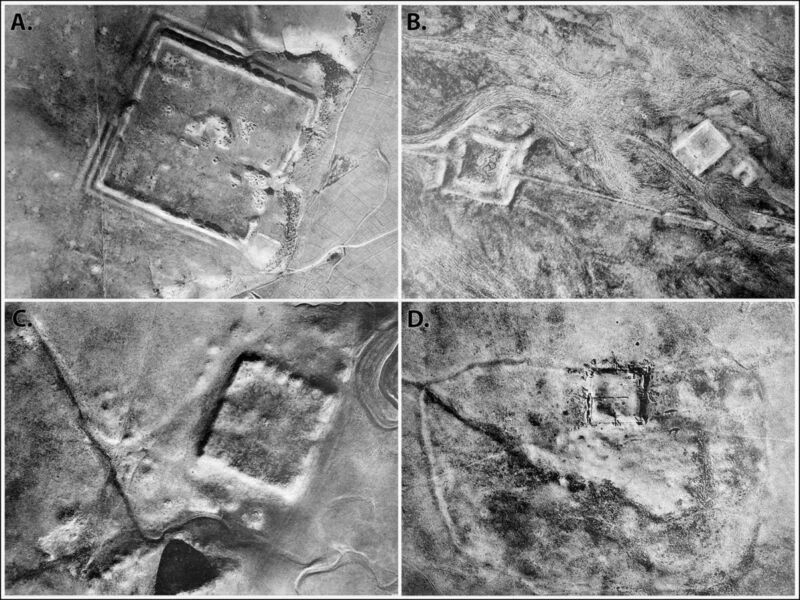The French Jesuit priest who surveyed Roman forts by air
I’m not sure what’s more fascinating: the scale of the Roman army’s building (in this case, in Syria) or the French Jesuit priest who surveyed them by aeroplane.
Either way, the history geek in me loves this.

Back in the early days of aerial archaeology, a French Jesuit priest named Antoine Poidebard flew a biplane over the northern Fertile Crescent to conduct one of the first aerial surveys. He documented 116 ancient Roman forts spanning what is now western Syria to northwestern Iraq and concluded that they were constructed to secure the borders of the Roman Empire in that region.Source: I spy with my Cold War satellite eye… nearly 400 Roman forts in the Middle East | Ars TechnicaNow, anthropologists from Dartmouth have analyzed declassified spy satellite imagery dating from the Cold War, identifying 396 Roman forts, according to a recent paper published in the journal Antiquity. And they have come to a different conclusion about the site distribution: the forts were constructed along trade routes to ensure the safe passage of people and goods.
[…]
The Dartmouth team analyzed CORONA and HEXAGON images covering some 300,000 square kilometers (115,831 square miles) in the northern Fertile Crescent, mapping 4,500 known archaeological sites and other features that seemed to be sites of interest. Some 10,000 previously undiscovered sites were added to their database. Poidebard’s forts have their own category in that database, based on their distinctive square shape and size, and the Dartmouth researchers found many more likely forts lurking in the spy satellite imagery.
The results confirmed Poidebard’s 1934 finding of a line of forts running along the strata Dioceltiana and also revealed several new forts along that route. But the survey also showed many new, previously undetected Roman forts running west-southwest between the Euphrates Valley and western Syria, as well as connecting the Tigris and Khabur rivers. That seems more suggestive of the forts supporting the movement of troops, supplies, or trade goods across the Fertile Crescent—cultural exchange sites rather than barriers. The authors date most of the forts to between the second and sixth centuries CE, after which there was widespread abandonment of the sites, although a few remained occupied into the medieval period.